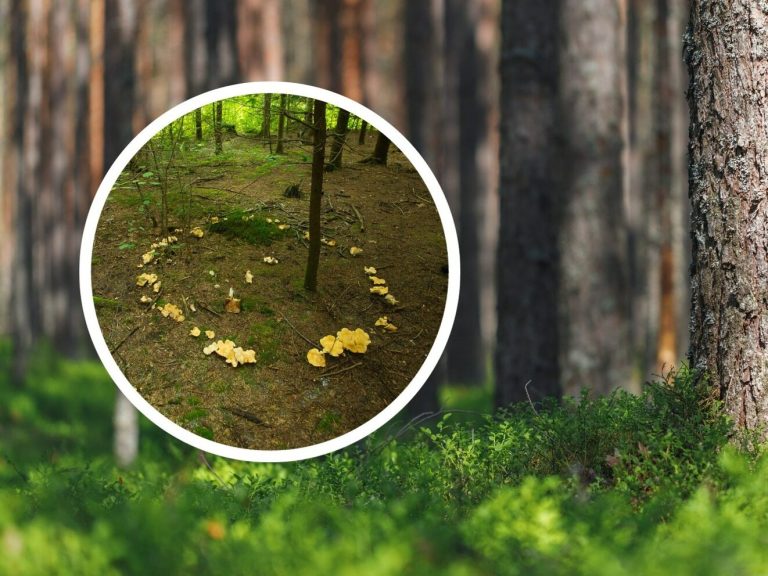Steve – a mysterious phenomenon in the sky. These streaks of light are not aurora

Steve is a rare phenomenon that resembles the northern lights. Colored streaks of light in the sky only occur in special circumstances. How to recognize them?
- Steve – what is this phenomenon?
- How is Steve different from the Northern Lights?
- What does Steve look like?
- Steve in the sky soon
Steve looks like the Northern Lights, but he’s not. The pink-purple glow with green streaks is a relatively unknown light phenomenon that continues to amaze scientists to this day. Until recently, researchers didn’t think they could be seen with the naked eye. Today we know that Steve not only exists, but can also be perfectly visible.
Steve – what is this phenomenon?
Steve (“Strong Thermal Emission Velocity Enhancement”) is a light phenomenon that was registered and studied by the NOAA satellite only a few years ago. The name “Steve” was borrowed from the 2006 DreamWorks animated film “Hence Jump.” The characters in the animation were afraid of the tall bush and decided to name it “Steve”. The name was adopted, and the scientists concluded that they would not change it any further.
How is Steve different from the Northern Lights?
Steve is a phenomenon we can observe when a stream of high-energy ions and electrons passes through the ionosphere. Its origins resemble the aurora borealis, which is caused by high-energy gas particles from the Sun hitting the Earth’s atmosphere. However, what distinguishes them from the aurora borealis is that it occurs at lower latitudes.
What does Steve look like?
Steve is a pink-purple glow of light interspersed with green streaks. It looks spectacular, but is difficult to notice. “Steve appears next to the northern lights with little regularity. Sometimes spotting it is a matter of luck,” said Canadian photographer Donna Lach from Manitoba. She managed to notice and photograph this unusual phenomenon.
Steve in the sky soon
A colorful glow will soon be visible in the sky. As Elizabeth MacDonald, a physicist from NASA’s Goddard Space Flight Center, argues, this phenomenon will be observable in areas up to approximately 40 degrees north latitude. However, there must be appropriate conditions for observing the night sky: no clouds and no light pollution.






